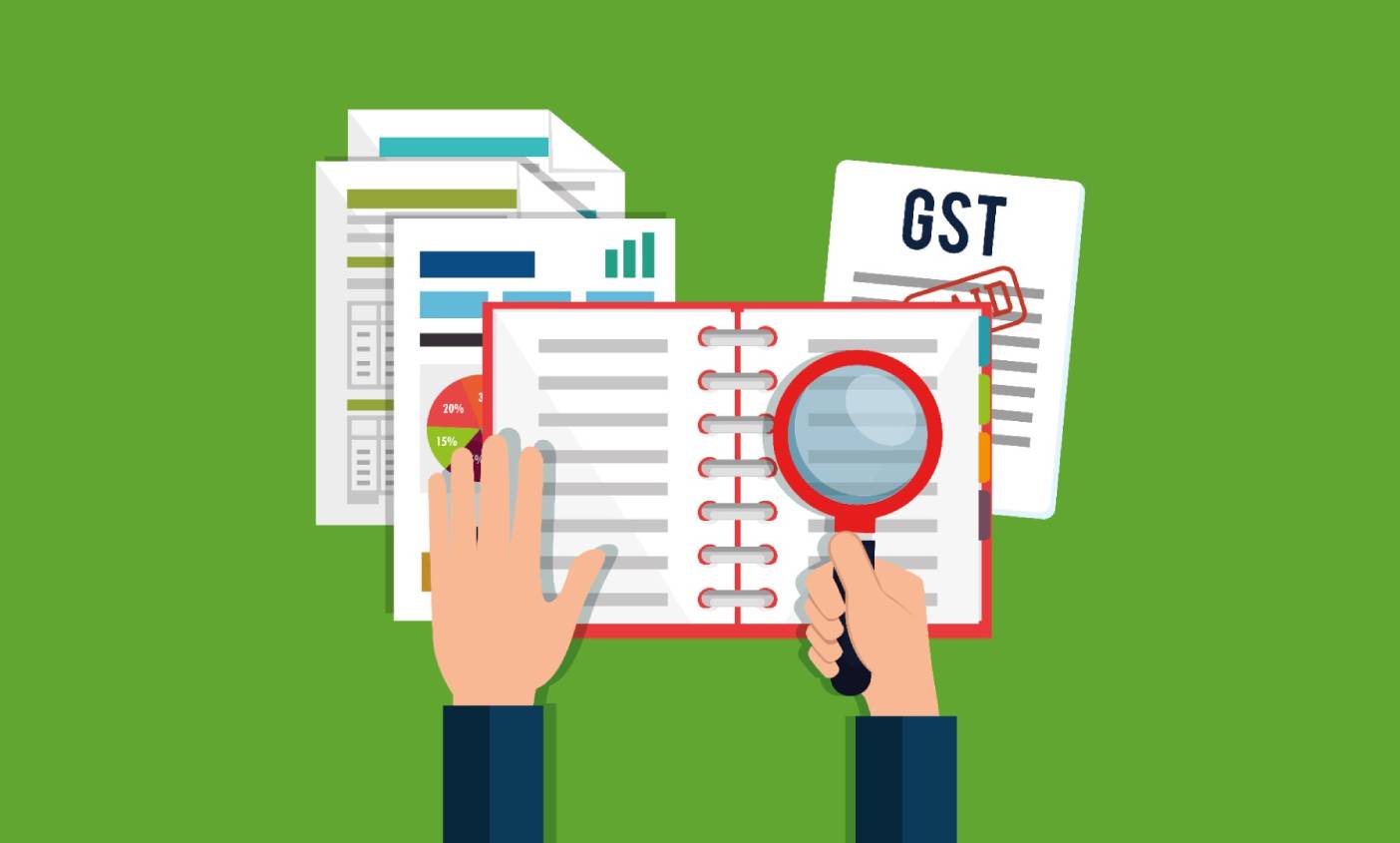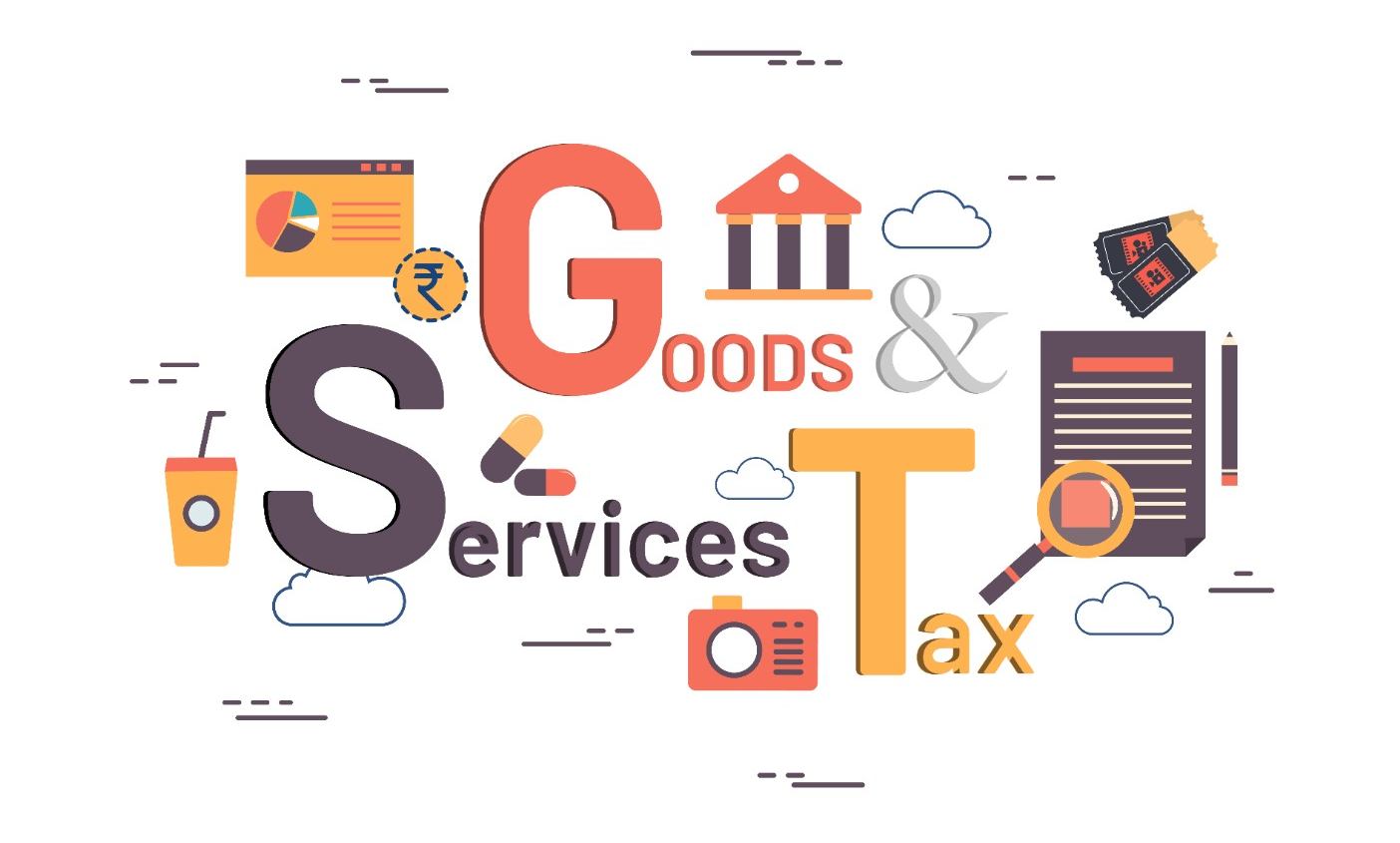What is a Credit Note in GST and what are its Issue?
What is a Credit Note in GST and what are its Issue?
Goods and Services Tax or GST is the tax that has been implemented by the Government of India to unify the various taxes that were prevalent earlier and to provide the Indian economy with a superior position in the international market. A GST-registered business enterprise must issue a tax invoice. Nevertheless, if a situation arises during the business which leads to a reduction in taxable supply value then the supplier ought to issue a credit note or credit memorandum, or credit invoice.
If you are interested in learning more about the process of GST, how it functions, and how it contributes to the overall Indian economy, you have to do the GST accounting course offered by George Telegraph Institute of Accounts (GTIA). Read on this blog to know about the aspects of Credit Note in GST and its related issues.
What is a Credit Note?
A credit note is a document given by one party to another stating that the sender credits the other party’s accounts in his bank account. After the supplier’s issue of the tax invoice, if there is any decrease in the taxable value of the goods supplied, he may issue a credit note detailing the given particulars.
This process cannot be exactly deemed as a refund but acts as a replacement for the same whereby the customer does not have to pay later while buying an item. A debit note mitigates the liability of the purchaser and the organisation which is selling issues the credit note as an acknowledgement to the debit note raised by the customer.
Reasons why credit note is issued
It is mentioned in Section 34(1) of the CGST Act that when a tax invoice is issued and the same is required to be amended to lessen the tax liability mentioned in it, a credit note can be issued by the supplier. Some of the popular reasons why a seller issues a credit note are –
- On account of the sales being returned by the buyer due to quality issues, rejection of service, or receiving damaged goods.
- Mistakenly overcharged the commodity or when the customer has paid a higher amount than the invoiced value.
- Offer a pre-sale discount to the customer
- The quantity received by the customer is less than what is mentioned in the tax invoice
- Cancelling any pending payments against invoices
All the details related to the issues of credit notes during the month ought to be submitted in GSTR-1 of the respective month. The credit note that was generated previously can be changed, and it should be reported in the GSTR-1 of the same month. Corresponding details will accordingly be updated in GSTR-2B and GSTR-2A of the recipients.
It is a simple and easy way for the seller to make amendments to the originally issued tax invoice. It would be an extremely easy process for him to reduce tax liabilities without having to go through any risky procedure of claiming refunds. All the credit notes and debit notes issued under section 34 of the CGST Act need to be prepared to the IRP for the purpose of e-invoicing.

Conditions for the issue of credit notes under GST are –
- It should be issued within the time limits as mentioned.
- It should contain the original invoice number against which the credit note has been issued.
- Process of issuing a credit note
- Supplier X sells goods to buyer Y along with a tax invoice.
- Buyer Y finds some quality issues and consequently returns the product along with a Debit note.
- Supplier X accepts the debit note and prepares a Credit note as an acknowledgement to Buyer Y.
Time limit to issue a credit note
There is no specified time limit for the issuing of a credit note or debit note. The statement of issuing debit notes and credit notes should be mentioned in the GST returns filed for that particular month in which a document is issued. The law of GST mentions the maximum time limit for declaring the same in GST returns if it pertains to a particular financial tear. It should be declared earlier than the following dates –
- 30th September of the following year in which the payment was made,
- The actual date of filing the annual return of the concerned period.
George Telegraph Institute of Accounts (GTIA) is the most reputed educational institution in Kolkata that offers diverse job-ready courses. After you pursue the comprehensive GST Courses in Kolkata offered by them, you will be well-prepared to launch your career successfully. As part of the course, you will be taught various modules and the practical sessions would help you master the necessary skills. Check out their website to get to know about the courses in detail.










